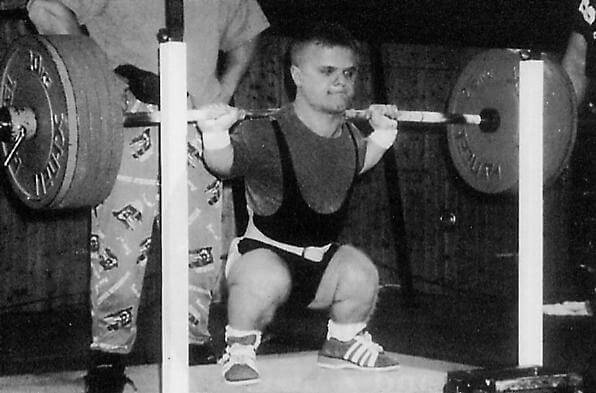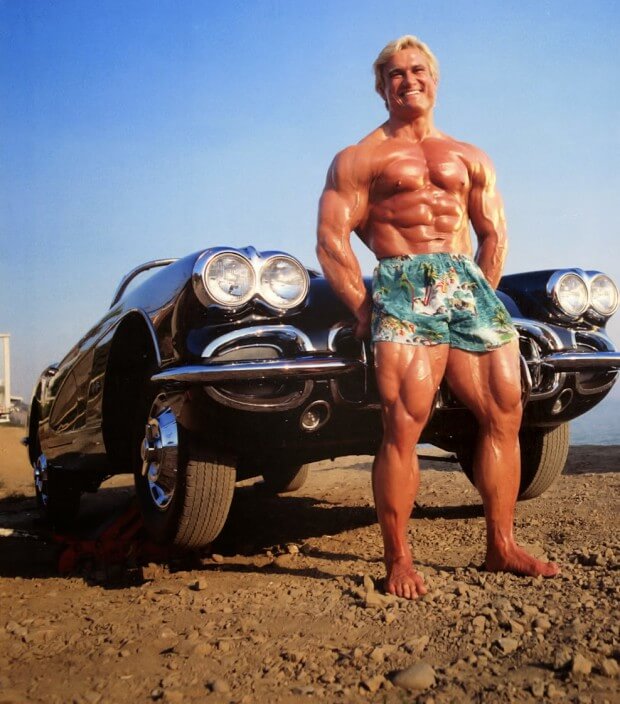
Who’s The Most Impressive Powerlifter?
What you’re getting yourself into 5300 words, 17-35 minute read time Key Points 1) The most common method people use to compare relative strength is strength/bodyweight ratios. However, this standard is horribly flawed. 2) The formulas used to compare relative strength in powerlifting (most notably the Wilks formula) have their own issues. The two biggest problems with the Wilks formula are that it’s not regularly updated, and it’s notably biased against middleweight lifters. 3) Allometric scaling is an




